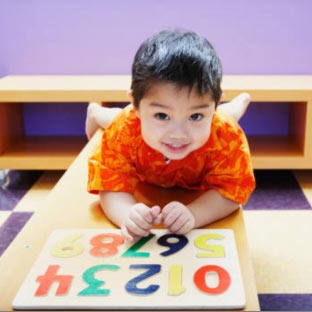Consulting and Design of Early Childhood Environments
Our point of view:

Environmental design and spatial organization can support the development of healthy concepts of family, home, and community in the lives of children. Environmental design can enhance the social and emotional development and long-term outcome for all children including those who experience neglect, deprivation, abuse or violence in their homes and neighborhoods.
Many children from birth to 5 live in families where both parents are employed outside the home and require daytime childcare. Children, who are wanted and enjoyed at home, have attentive parents and strong, secure attachments, do very well in quality daycare. However, there are also a very significant number of children who do not have secure attachments, stable family life, or consistent living arrangements. These children are also at a very significant risk for developmental problems because of abuse, neglect and deprivation in addition to a wide range of neurosensory, neurological and behavioral disorders. The children with special needs are especially vulnerable to the effects of adverse environments.
If the teachers are nurturing and caring, the children will do well in normal environments such as typical classrooms, small commercial spaces, private homes, and a variety of other buildings as long as they have appropriate toys, equipment, and some supportive environmental design. But even skilled teachers may still not succeed in altering the developmental and behavioral trajectory of many of these children. Violence and family/home dysfunction are pernicious in their effect on long-term social and emotional development as well as intellectual outcome. Yet, the experience of nurture in combination with environments that instill a sense of awe and wonder through space and light are significantly meaningful to break the cycle of poverty, deprivation, abuse and violence.
To some the architecture or design of the setting would appear not to be a decisive factor in developmental outcomes. However fundamental, a child learns from a series of interactions along a developmental path that starts with their first contact with adults parents and teachers. This then moves to learning by collaborating with their peers and finally the environment. Now commonly known as “The Third Teacher”, the intentional configuration of space and light in the learning environment has been proven to have measurable positive outcomes in the lives of children. The point of view is profound yet so normal from the perspective of environmental design. It is our mission to actualize environments that positively change the futures of children.